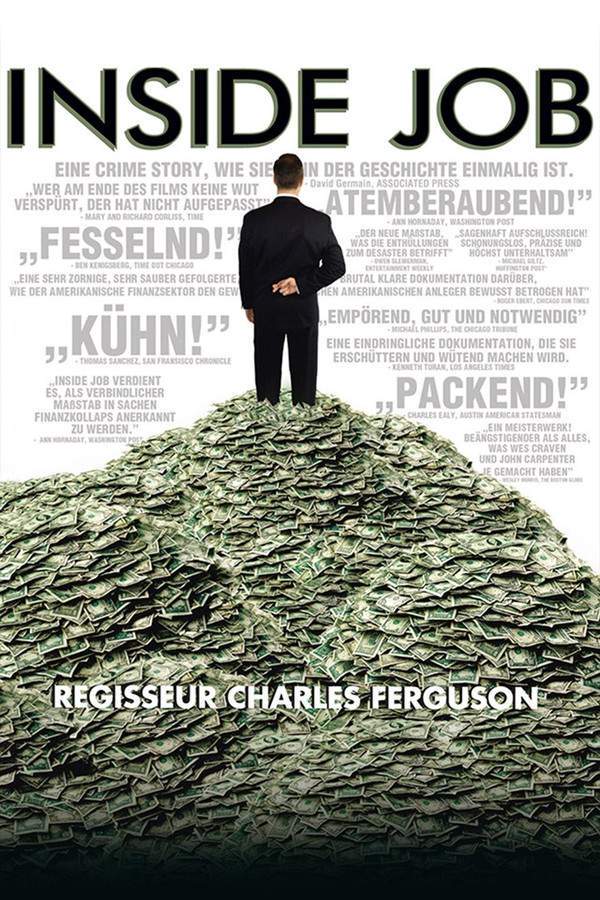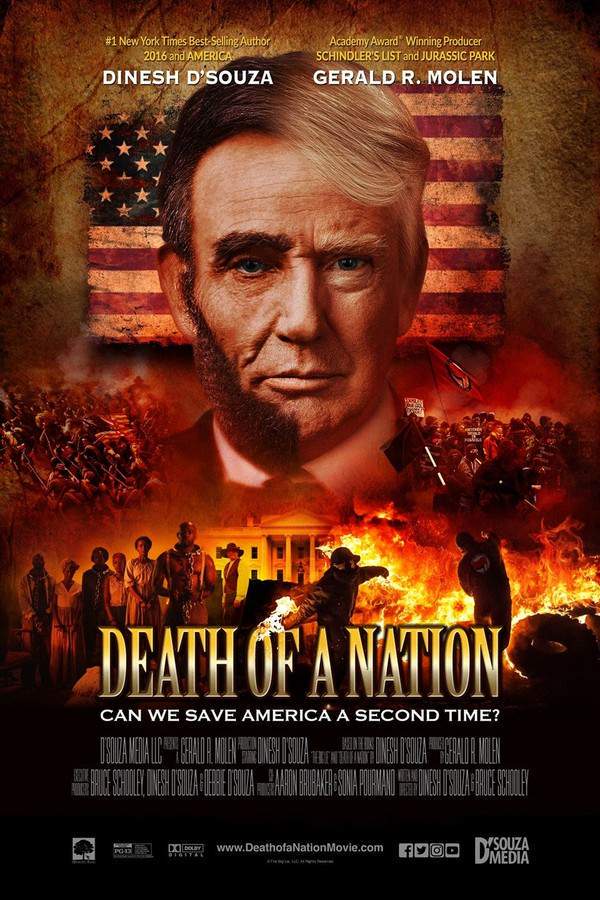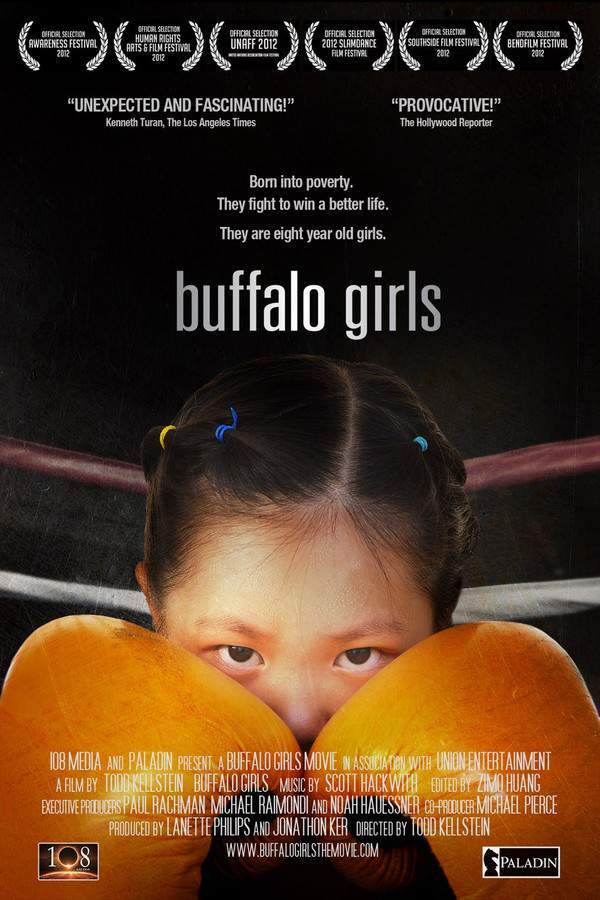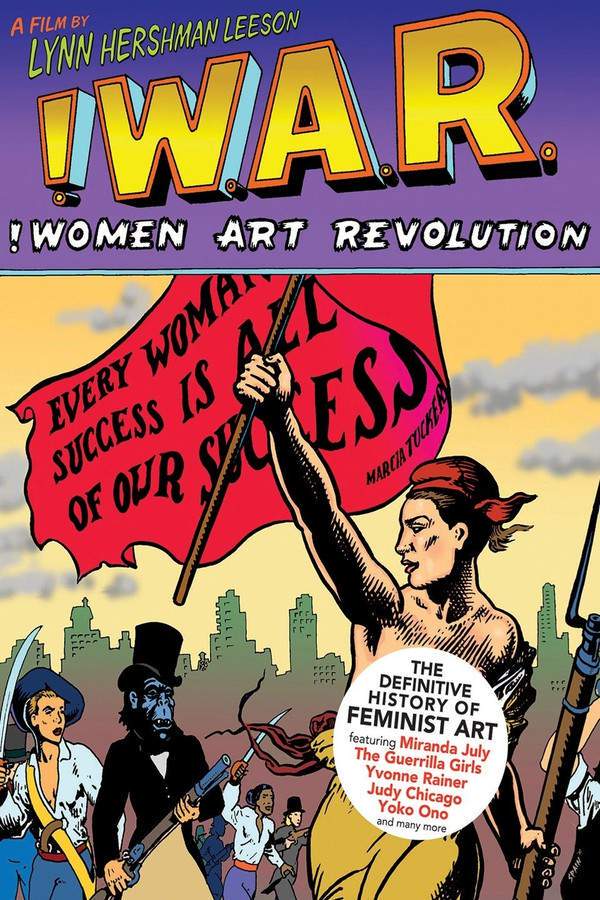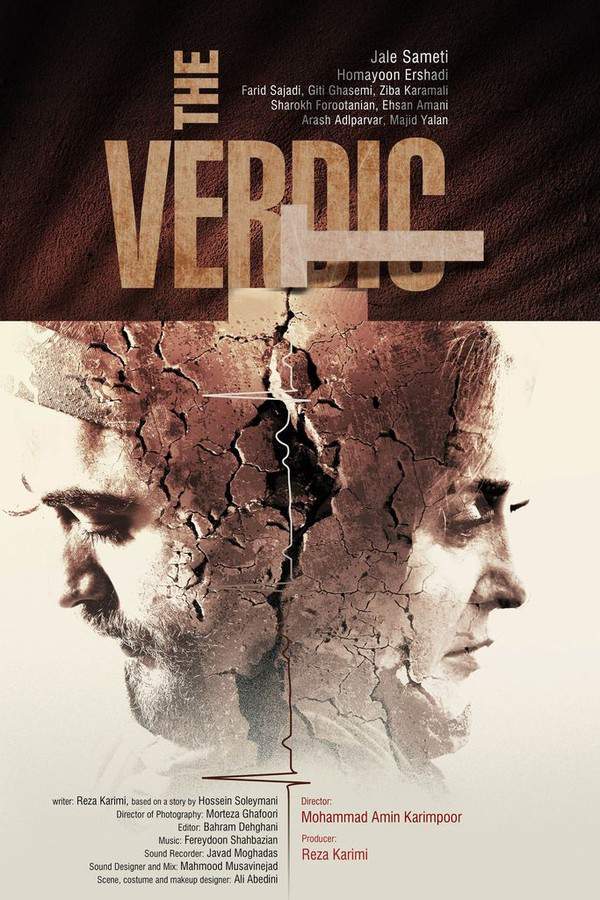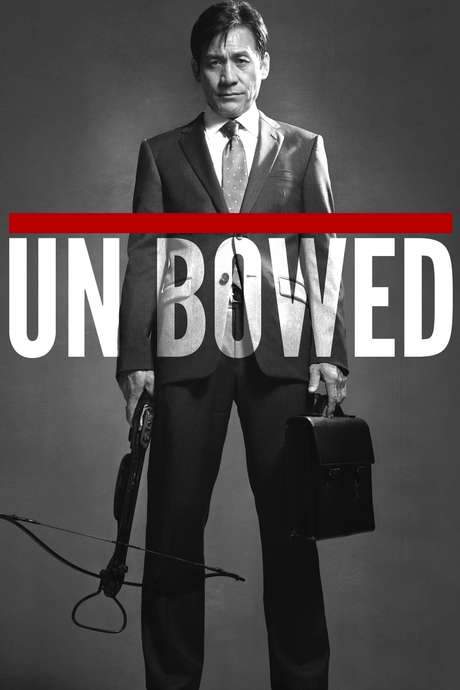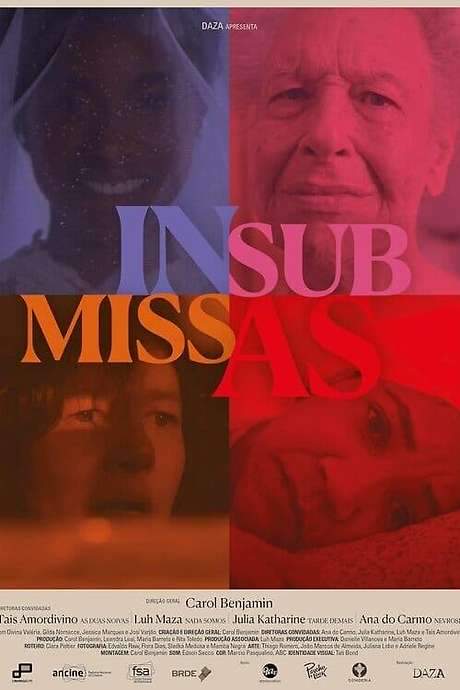
Valley of Tears
Year: 2003
Runtime: 82 min
Language: English
Director: Hart Perry
Hart Perry's documentary explores three decades of social change in Raymondville, Texas, focusing on the Latino laborers who fought for fair wages and political representation. Through onion pickers' strikes, school board elections, and a campaign for district attorney, the film chronicles their ongoing struggle for equality and justice within their community, revealing the challenges and victories in their pursuit of a more equitable future.
Warning: spoilers below!
Haven’t seen Valley of Tears yet? This summary contains major spoilers. Bookmark the page, watch the movie, and come back for the full breakdown. If you're ready, scroll on and relive the story!
Valley of Tears (2003) – Full Plot Summary & Ending Explained
Read the complete plot breakdown of Valley of Tears (2003), including all key story events, major twists, and the ending explained in detail. Discover what really happened—and what it all means.
Focusing on the small agricultural town of Raymondville in South Texas, former Barbara Kopple cinematographer Hart Perry meticulously captures the evolving struggles of race relations across the 1970s, 1980s, and 1990s. He chronicles three distinct confrontations between the local power elite Anglo farmers and the Hispanic farm workers.
In the late 1970s, the film vividly presents the Texas Farm Workers strike of 1979, intertwining archival footage that exposes the violent racism from the early days of South Texas settlement with striking action sequences. These scenes depict the intense clashes between migrant workers, labor organizers, and local growers, providing a crucial perspective on the contentious harvesting of the onion crop. The documentary showcases the farm workers’ determined protests against the growers’ efforts to suppress the strike, highlighting the law enforcement’s complicity in the ongoing struggle for rights and dignity.
Transitioning into the film’s second section, the narrative shifts to the Hispanic community’s fervent campaign to elect representatives to the local school board. This segment reveals the ugly backlash from the incumbent administration, shedding light on the broader societal tensions at play.
The final part of the film centers on the 1990s political landscape, focusing on Juan Guerra, a reform-minded leader who emerges as a key figure in tackling the entrenched racism within the local business and political realms. Guerra’s journey begins with his establishment of a school designed for students expelled from Raymondville schools, ultimately leading him to a successful election as the county district attorney. Throughout, the voices of the 1979 strike organizers echo, reflecting on the profound changes they initiated.
In a poignant conclusion, Guerra, who remains the DA as of 2003, reflects on the difficult progress made, asserting that if corruption still persists within the community, it is now the Hispanic community’s fault. The film serves as both a historical record and a commentary on the ongoing challenges faced by marginalized communities.
Last Updated: October 25, 2024 at 11:26
Explore Movie Threads
Discover curated groups of movies connected by mood, themes, and story style. Browse collections built around emotion, atmosphere, and narrative focus to easily find films that match what you feel like watching right now.
Documentaries of Grassroots Struggle like Valley of Tears
Unflinching chronicles of communities fighting for their rights against systemic oppression.Explore movies like Valley of Tears that document real-life fights for social and political justice. If you were moved by the unflinching look at community organizing and labor rights, you'll find similar powerful documentaries here chronicling resistance, inequality, and the determined pursuit of a better future.
Narrative Summary
The narrative follows a community or group of people as they confront an entrenched system of power. The story is typically chronicled over a significant period, showing the progression from initial mobilization through key conflicts, setbacks, and hard-won victories. The focus is on collective action rather than a single hero, portraying a journey marked by perseverance in the face of overwhelming odds.
Why These Movies?
These films are grouped together because they share a commitment to authentic, on-the-ground storytelling about social change. They possess a similar tense and determined tone, a steady pacing that builds urgency, and a heavy emotional weight derived from their serious subject matter. The viewing experience is immersive, urgent, and often bittersweet.
Bittersweet Justice Stories like Valley of Tears
Stories where the fight for a better world comes with a heavy personal and collective cost.Find movies similar to Valley of Tears that explore the bittersweet nature of fighting for change. If you appreciated the film's honest portrayal of hard-won gains mixed with lingering injustice, you'll discover other powerful stories here about the costly and complex journey toward a more equitable world.
Narrative Summary
The central characters or community engage in a prolonged conflict against injustice. The narrative builds towards a resolution that is neither a clear victory nor a total defeat. It acknowledges the progress made but heavily underscores the sacrifices required and the challenges that remain, creating an ending that is emotionally layered and realistically complex.
Why These Movies?
These movies are connected by their shared emotional trajectory and thematic resolution. They all deliver a powerful, heavy viewing experience that culminates in a bittersweet ending. The tone is consistently serious and reflective, focusing on the moral and emotional complexities of fighting for what is right without offering easy answers.
Unlock the Full Story of Valley of Tears
Don't stop at just watching — explore Valley of Tears in full detail. From the complete plot summary and scene-by-scene timeline to character breakdowns, thematic analysis, and a deep dive into the ending — every page helps you truly understand what Valley of Tears is all about. Plus, discover what's next after the movie.
Valley of Tears Timeline
Track the full timeline of Valley of Tears with every major event arranged chronologically. Perfect for decoding non-linear storytelling, flashbacks, or parallel narratives with a clear scene-by-scene breakdown.

Characters, Settings & Themes in Valley of Tears
Discover the characters, locations, and core themes that shape Valley of Tears. Get insights into symbolic elements, setting significance, and deeper narrative meaning — ideal for thematic analysis and movie breakdowns.

Valley of Tears Spoiler-Free Summary
Get a quick, spoiler-free overview of Valley of Tears that covers the main plot points and key details without revealing any major twists or spoilers. Perfect for those who want to know what to expect before diving in.

More About Valley of Tears
Visit What's After the Movie to explore more about Valley of Tears: box office results, cast and crew info, production details, post-credit scenes, and external links — all in one place for movie fans and researchers.



